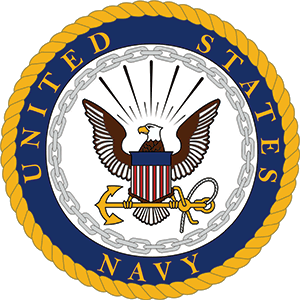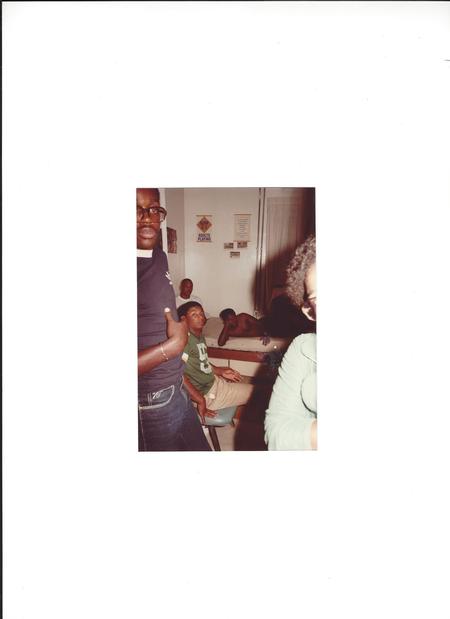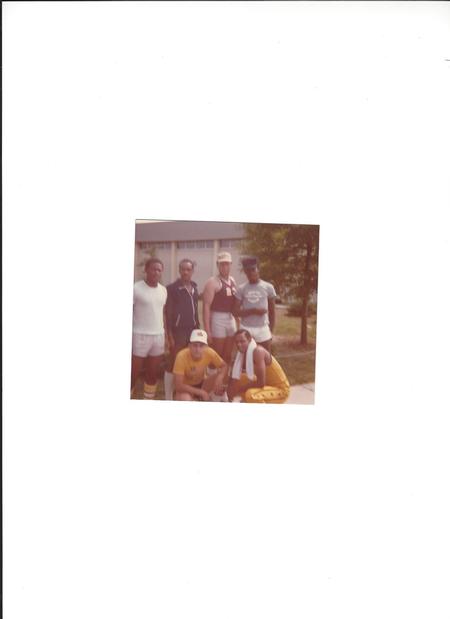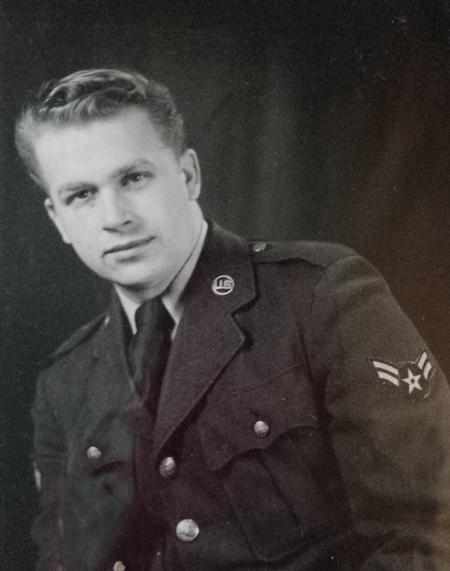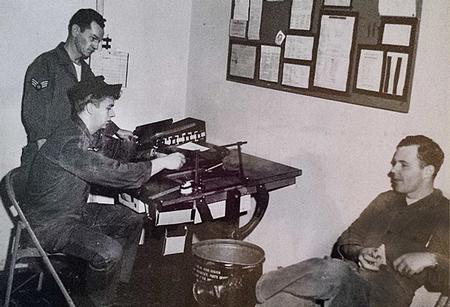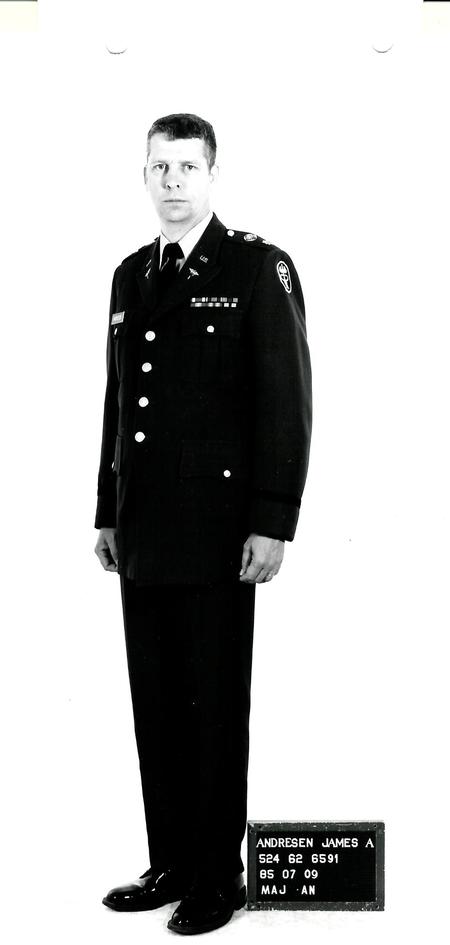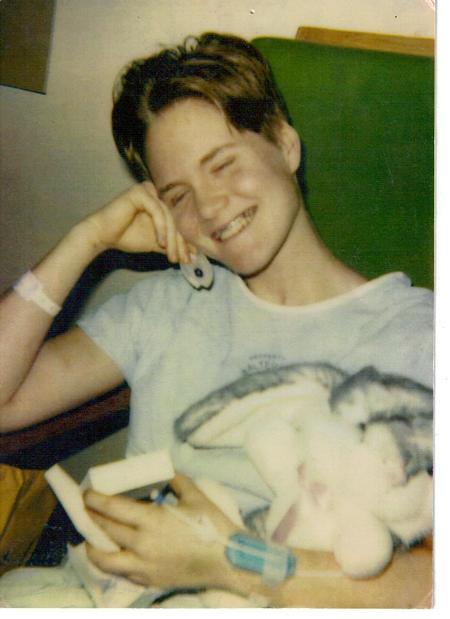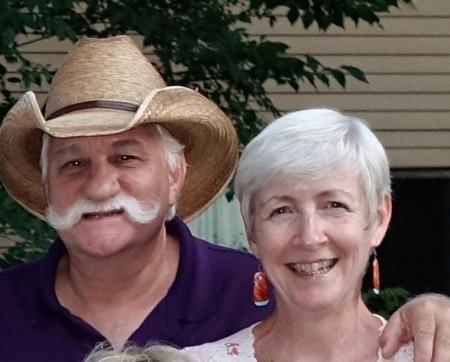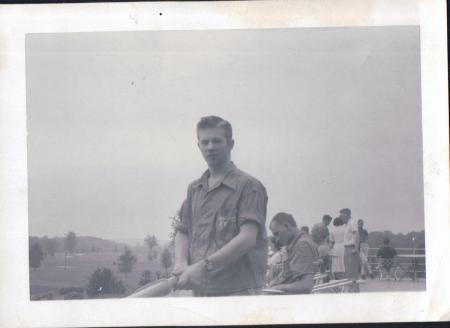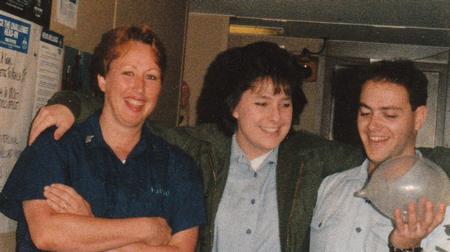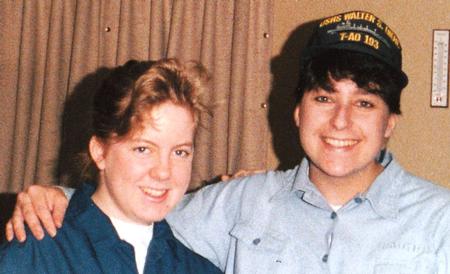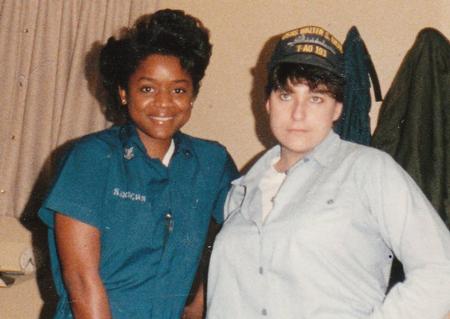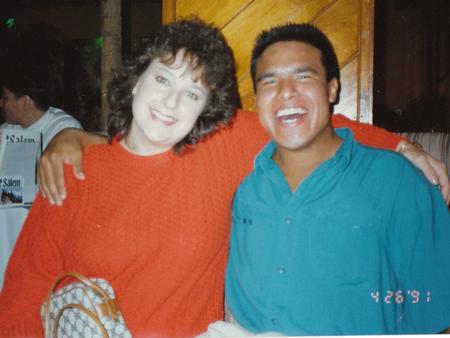ABOUT Walter Reed NMMC (Bethesda Naval Hospital)
- Presidential Patients: The Walter Reed National Military Medical Center (NMMC), formerly known as Bethesda Naval Hospital, has treated every U.S. president since Franklin D. Roosevelt, including President John F. Kennedy after his assassination and President Ronald Reagan after his 1981 shooting.
- Origins in World War II: The original Bethesda Naval Hospital was commissioned in 1940, just before the U.S. entered World War II. Its iconic tower was designed by architect Paul Philippe Cret and quickly became a symbol of military medicine.
- Named After a Medical Pioneer: The center is named after Major Walter Reed, the U.S. Army physician who led the team that confirmed yellow fever is transmitted by mosquitoes, revolutionizing public health.
- Merger of Giants: In 2011, Walter Reed Army Medical Center and the National Naval Medical Center merged to form the current Walter Reed NMMC, uniting two of the nation’s most storied military hospitals.
- World-Class Medical Care: WRNMMC is considered the “President’s Hospital” and is one of the most advanced and largest military medical facilities in the world, providing care for over 1 million beneficiaries annually.
- Historic Guests: The hospital has hosted international leaders and dignitaries, including King Hussein of Jordan and Soviet Premier Nikita Khrushchev, reflecting its status as a center of excellence.
- 9/11 Response: Bethesda Naval Hospital played a critical role in treating casualties from the Pentagon attack on September 11, 2001, demonstrating its readiness for mass casualty events.
- Medical Milestones: The hospital pioneered several advanced treatments and procedures, including early open-heart surgeries and prosthetic limb innovations for wounded warriors.
- Famous Births: The hospital has been the birthplace for children of many presidents, including John F. Kennedy Jr., and generations of military families.
- Symbol of Integration: The merger of Army and Navy medical institutions at Walter Reed NMMC symbolizes the joint nature of modern U.S. military operations and medical care, fostering unity across services.

